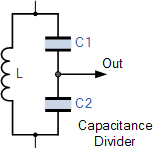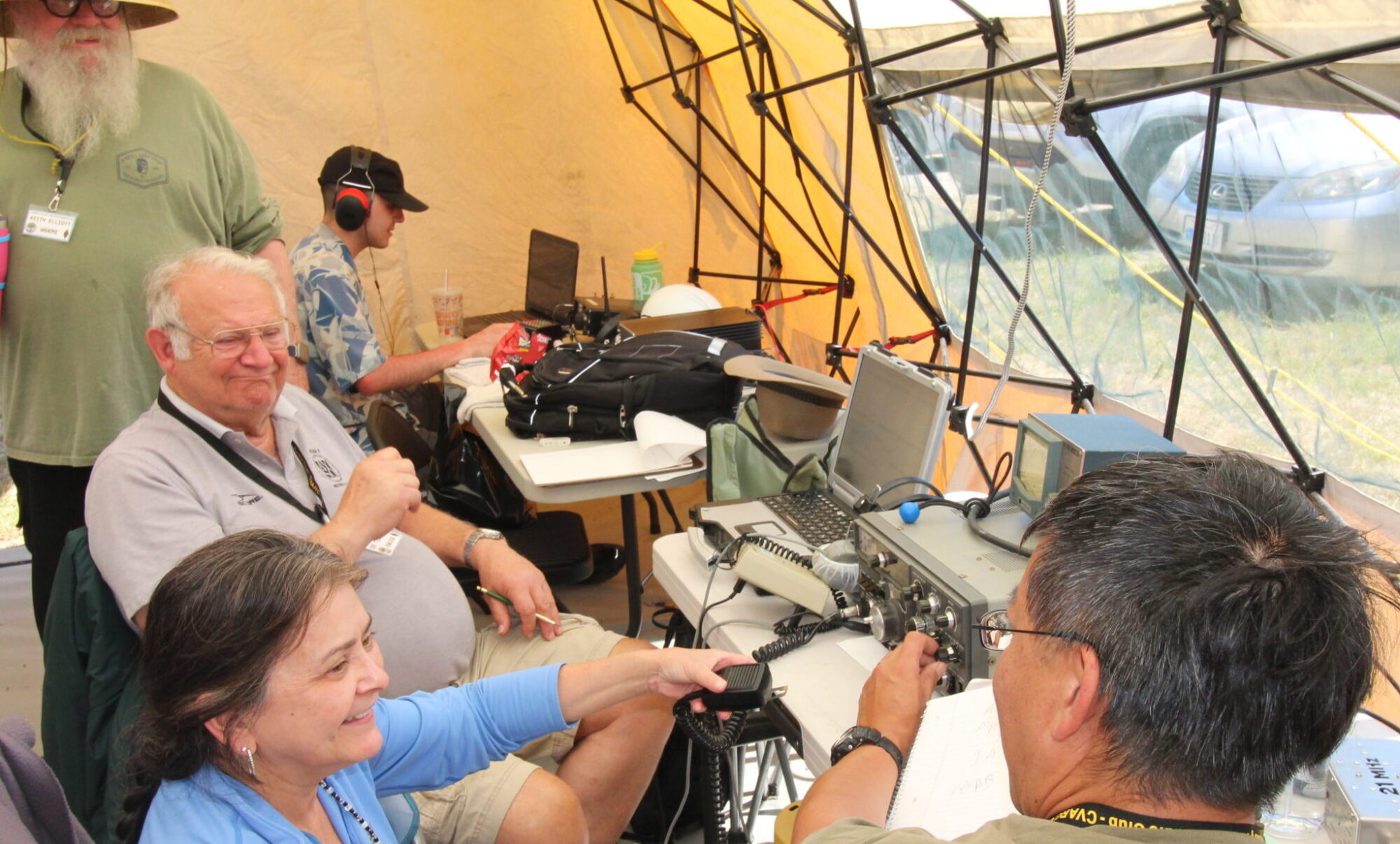My main job and role as the Section Manager is to grow ham radio, bring new people into the hobby, support those already in the hobby, and to make sure all of us are having fun, learning, and growing within this great technical hobby.

When I was first licensed, the general and technician tests (they were the same written test, just a different required code speed) included the requirement to draw a schematic. Not choose a multiple-choice answer, but actually draw the schematic, freehand. I recall a Colpitts Oscillator had to be drawn. When I finally got around to taking my General test, it was a multiple choice test for the schematic questions. The 13 wpm code was pretty simple for me at 12 years old. We had to both send and receive. We had a radio room in the electric shop class where we sent and received code to each other for half an hour each class, until we took the Novice test.
That’s quite distant from today when a licensee needs to memorize a few answers to questions to be able to pass the test. The newly licensed ham has been exposed to terms and a new language, but no understanding of the theory is required.
Neither method is wrong or right. Just different.
There have been changes in life over the years, including ham radio. I was a newly licensed general when SSB was becoming popular. I recall SSB was going to be the death of ham radio. For those who didn’t like morse code, phone was okay, and AM was the way to go. Today, many are lamenting the coming of FT8 and a few other digital WSJT-like modes, as they are said to be “destroying ham radio”. I read such an editorial in a recently published newsletter focusing on 10 meters.
About 30 years ago I was the speaker at the Poinsettia Club’s (now defunct, based in Ventura) Christmas Dinner. My topic was the fun of ham radio. I talked about the 104 areas of ham radio fun that I had identified, from homebrewing, mountaintop VHF+ contesting, ATV (television, not vehicles), repeaters, emergency communications (we had not heard of EmComm at that time) and so much more. I admitted that I had not used a repeater for many years.
Today, I have found the value of repeaters. I accept and support the fun and enjoyment, the feeling of fulfillment, that many have when involved in community support activities, using ham radio. I have fun building kits, learning to scratch build, contesting, POTA, portable ops in general, DXing, learning about the technology around the hobby that includes computers and computing devices. I am learning about digital modes – FT8 and such.
I used my mobile phone – what are mobile phones really but portable computers and radios in a small box – while working a POTA activation this past Saturday. I spotted myself on the pota.app app. Logged my contacts using HAMRS for iOS. Made a QSO map of the 73 QSOs, on the phone. Watched a POTA activation video of Thomas Witherspoon, K4SWL from his blog/website QRPer.net to see what I could learn about POTA activations. All from my phone.
All of it – FUN. I had a great time sitting on HWY18 where the Pacific Crest Trail crosses, outside of Big Bear, in the San Bernardino Mountains. Used a couple of different antennas, both commercial and homebrew. Ran mostly QRP, both CW and SSB. Used a couple of radios. A KX1 that I have had since about 2004 and a MTR3b. For SSB I had to move to a higher power FT-891, as that is what I carried in the car. All powered with lithium iron phosphate batteries.
I like operating. I like getting out of the house, while I still am able. I like to support ARES and disaster communications as I can. I want to learn more about the technology of repeaters. Listening to various podcasts and the stories of other hams from Solder Smoke, Ham Radio Work Bench and QSO Today, I learn about the history and future of ham radio. I am having fun again.
72/73
John Kitchens, NS6X
NS6X@ARRL.org
805.216.2569
ARRL Santa Barbara Section Manager
